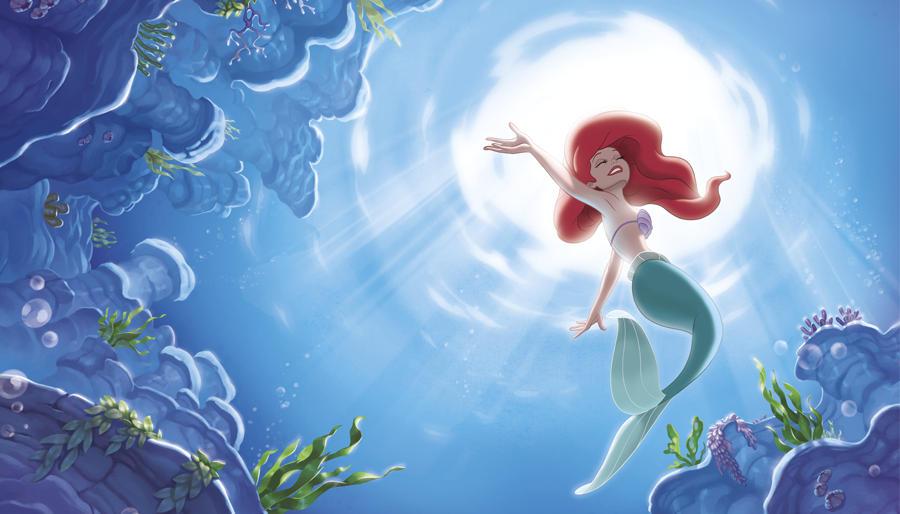Review THE LITTLE MERMAID by Disney
We are reviewing the Disney animated features in chronological order.
After a long, weary period of films from the Dry Spell, when the Disney Corporation lost their creative genius, two films GREAT MOUSE DETECTIVE and OLIVER AND COMPANY showed a trifle of creative effort, but nothing able to reach the iconic and immortal status of Disney’s original golden age.
Finally, like a bomb burst or flash of lightning, came several films in a row equaling or exceeding the classics of the golden age.
THE LITTLE MERMAID (1989) is the first of this period, aptly called the Disney Renaissance, for it was like the rediscovery of classical forms and models after a long dark age.
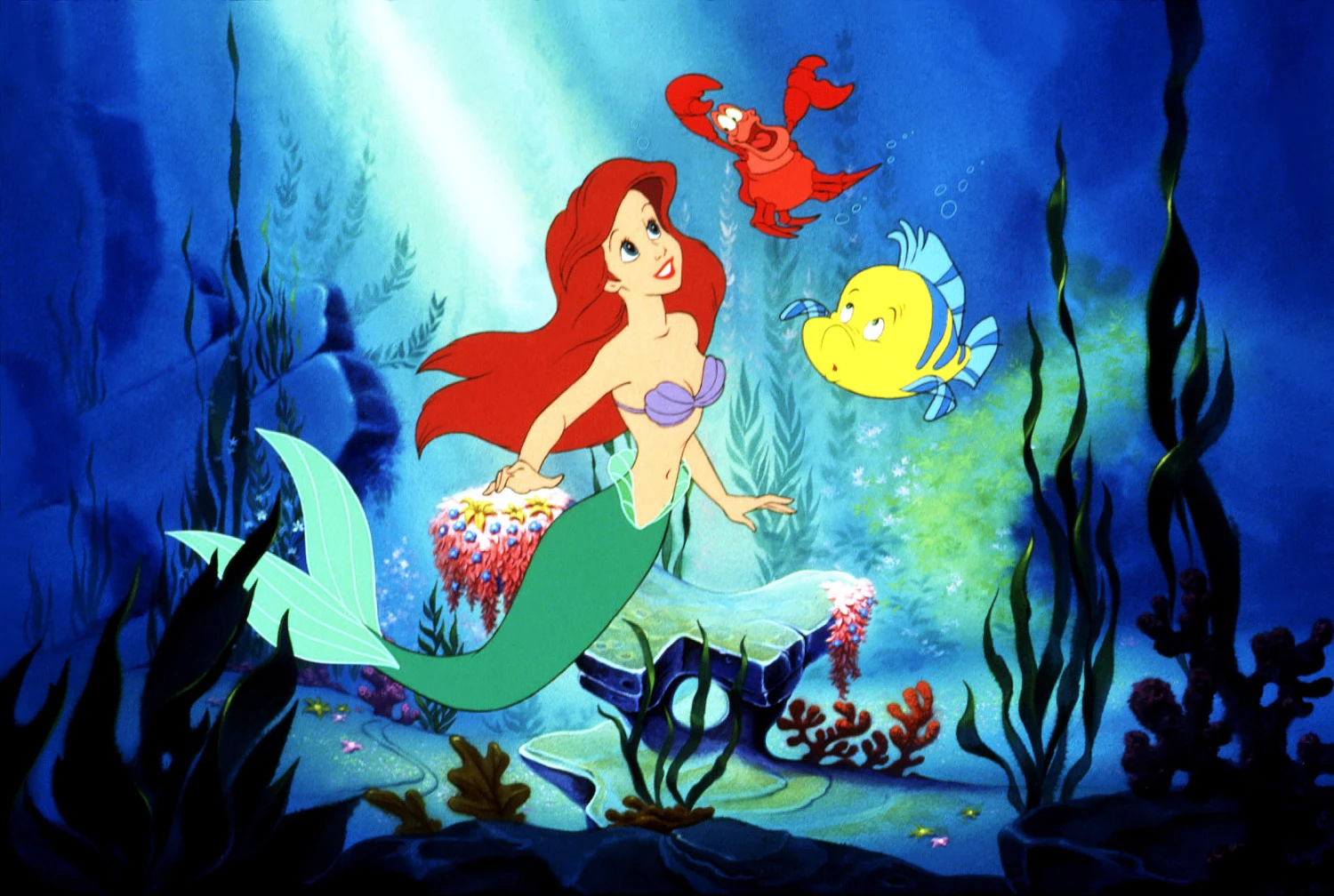
The story is loosely based on the fairy tale by Hans Christian Andersen, but with the opposite ending and very nearly an opposite theme. (The stark difference between the tale of a silently suffering mermaid seeking an immortal soul and a spunky one seeking romantic love is no part of this review, but might be matter for another column at another time.)

Ariel is the heedless and willful daughter of Triton, sea-king of a magical kingdom beneath the waves, who is fascinated by the land, but forbidden to go there. She saves the life of a human prince from a shipwreck, and falls in love with him. He hears her beautiful singing voice, but does not see her.
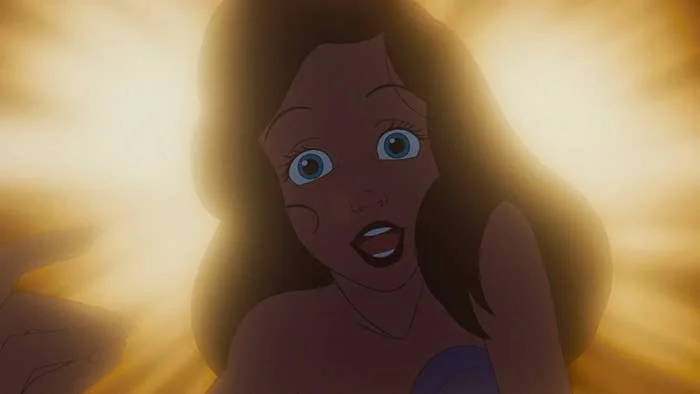
Defying her father, Ariel is lured by the Sea-Witch Ursula into a Faustian bargain: the Witch agrees to enchant the girl, and grant her legs for three days, in return for the loss of her voice. If she fails to exchange the kiss of true love within that time, her soul is forfeit to the Witch.
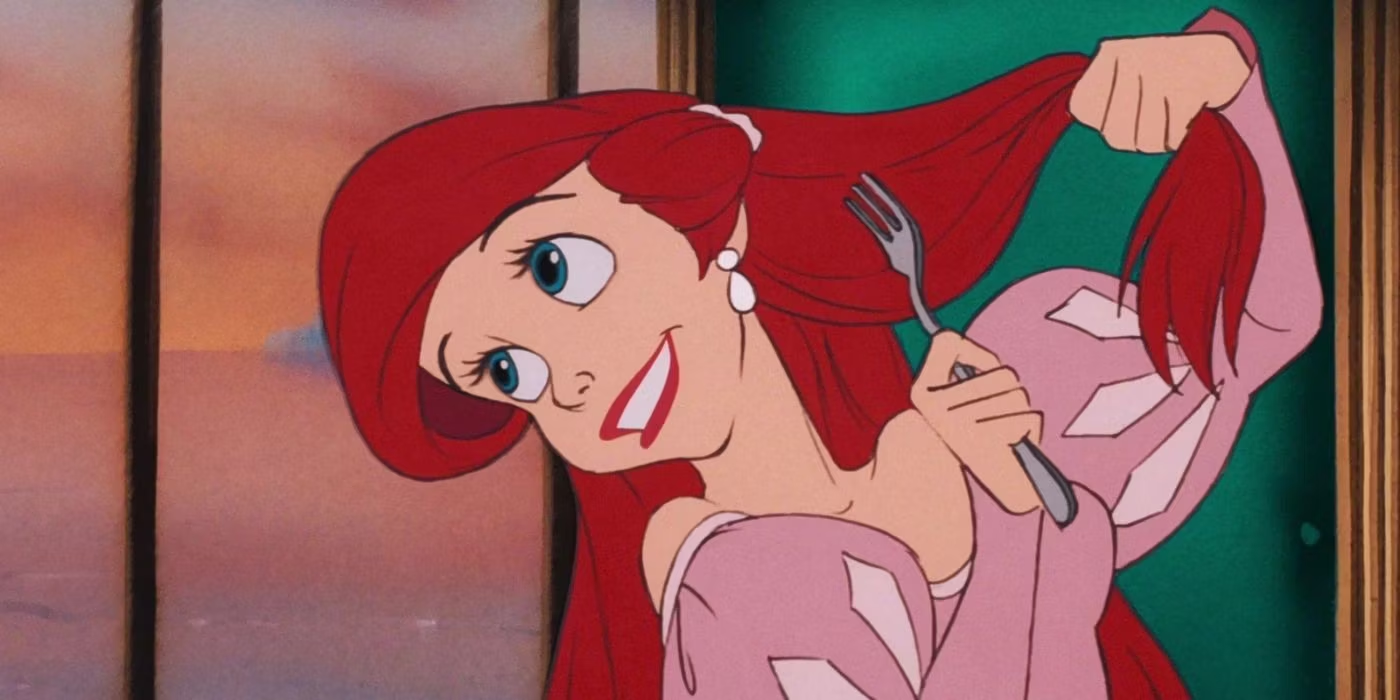
The mermaid is found by the prince, but, since she is mute, he does not recognize his savior. For her part, she is a literal fish out of water in the human world, but the story telling adorns her with charm and personality during this entire sequence where the voice actress speaks not a word. This is a difficult feat, her handled masterfully.
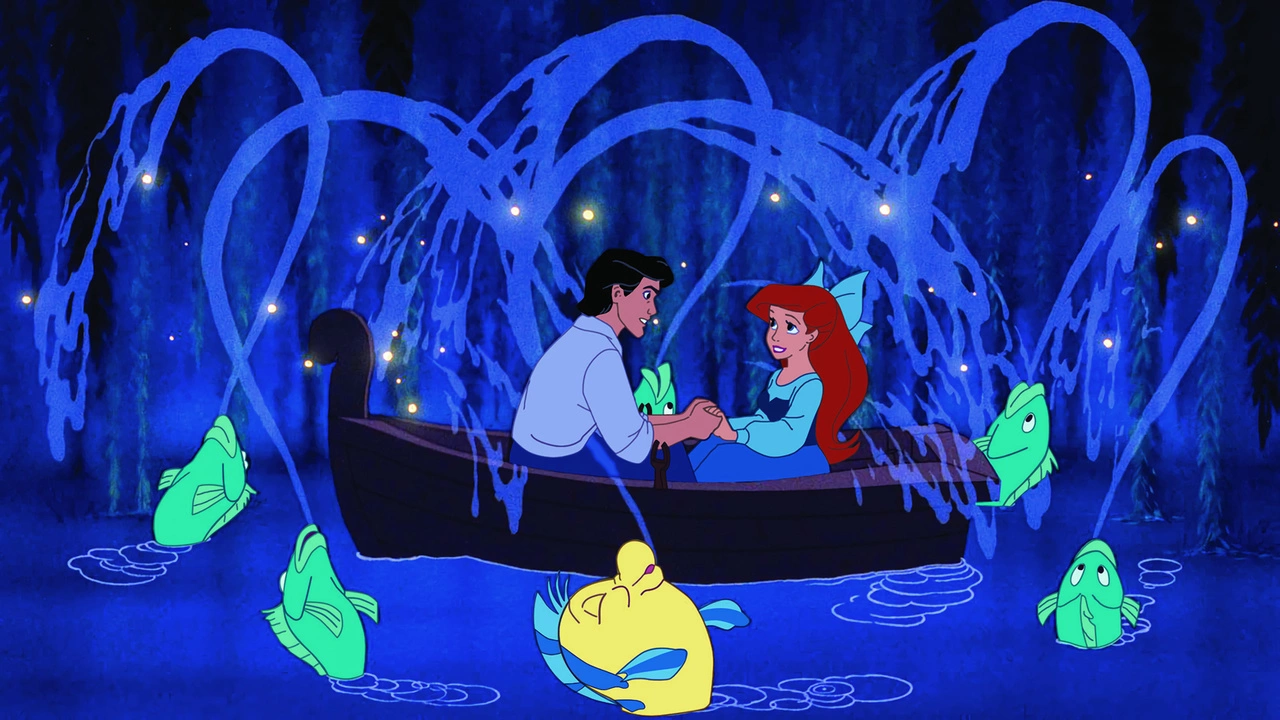
Sabastian the Crab, the Sea-King’s musician, attempts to influence the prince by romantic music, and the Sea-Witch by illusion and hypnosis.
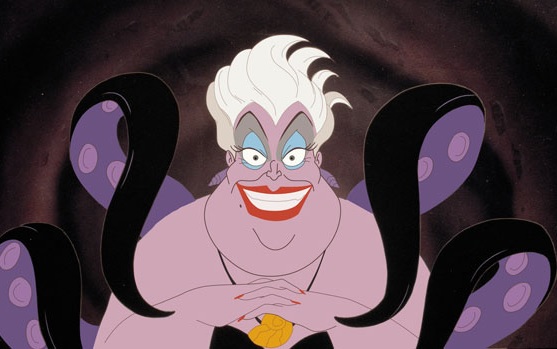
The Sea-Witch prevails, the mermaid is damned, but her stern father volunteers to take her place, and surrenders to the Witch all his magical rulership of the sea. While the Sea-Witch is gloating, the handsome prince attacks and kills her, breaking all her spells, and releasing the Sea-King. The mermaid becomes human, weds the prince, and lives happily ever after.
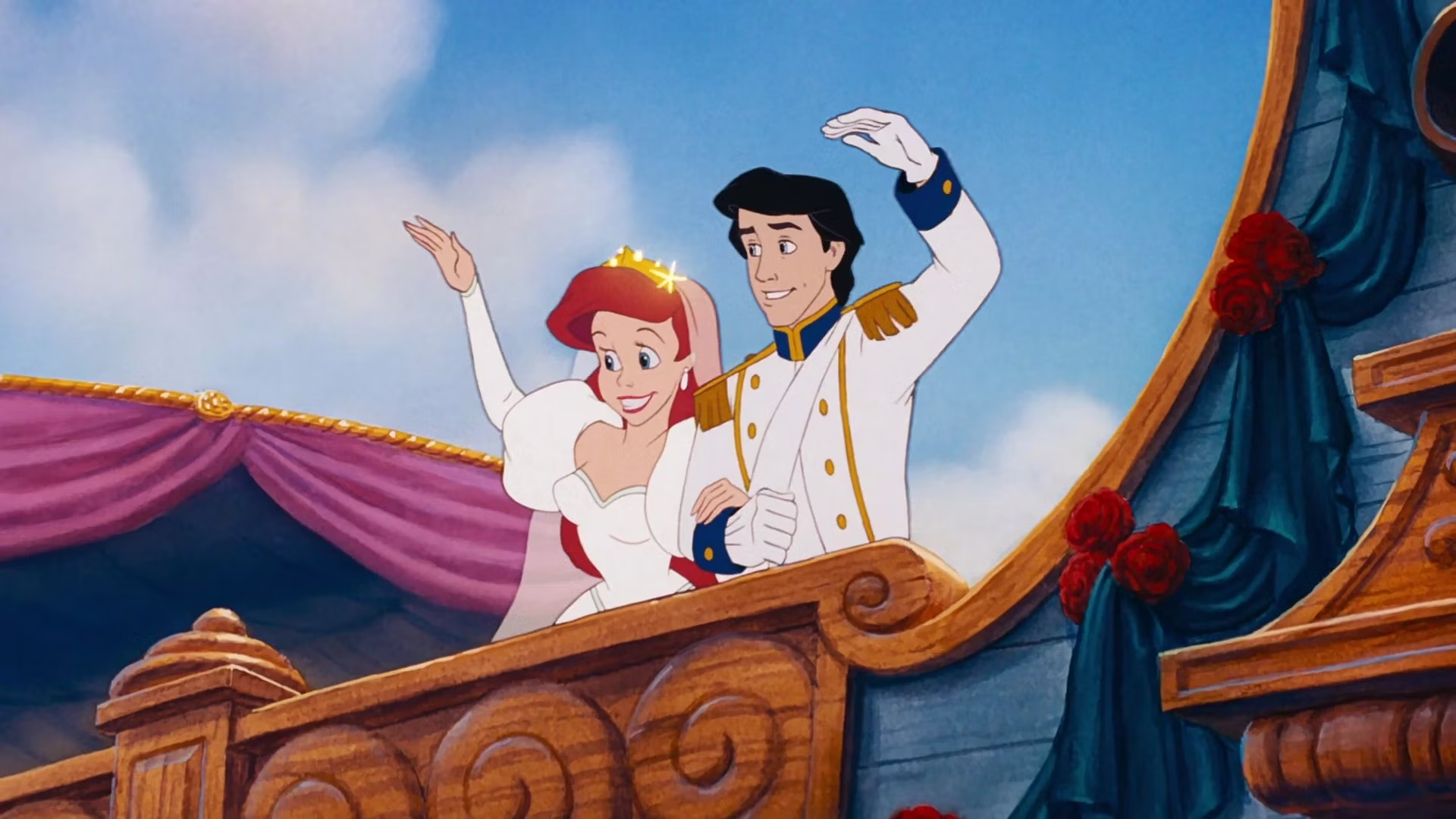
Unlike the Hans Christian Andersen fairy-tale, the question of the mermaid gaining a soul and becoming a benevolent spirit of the air, the whole theme of redemptive suffering, is not even remotely adumbrated. This is a straightforward tale of love conquering all, both romantic love and fatherly love.
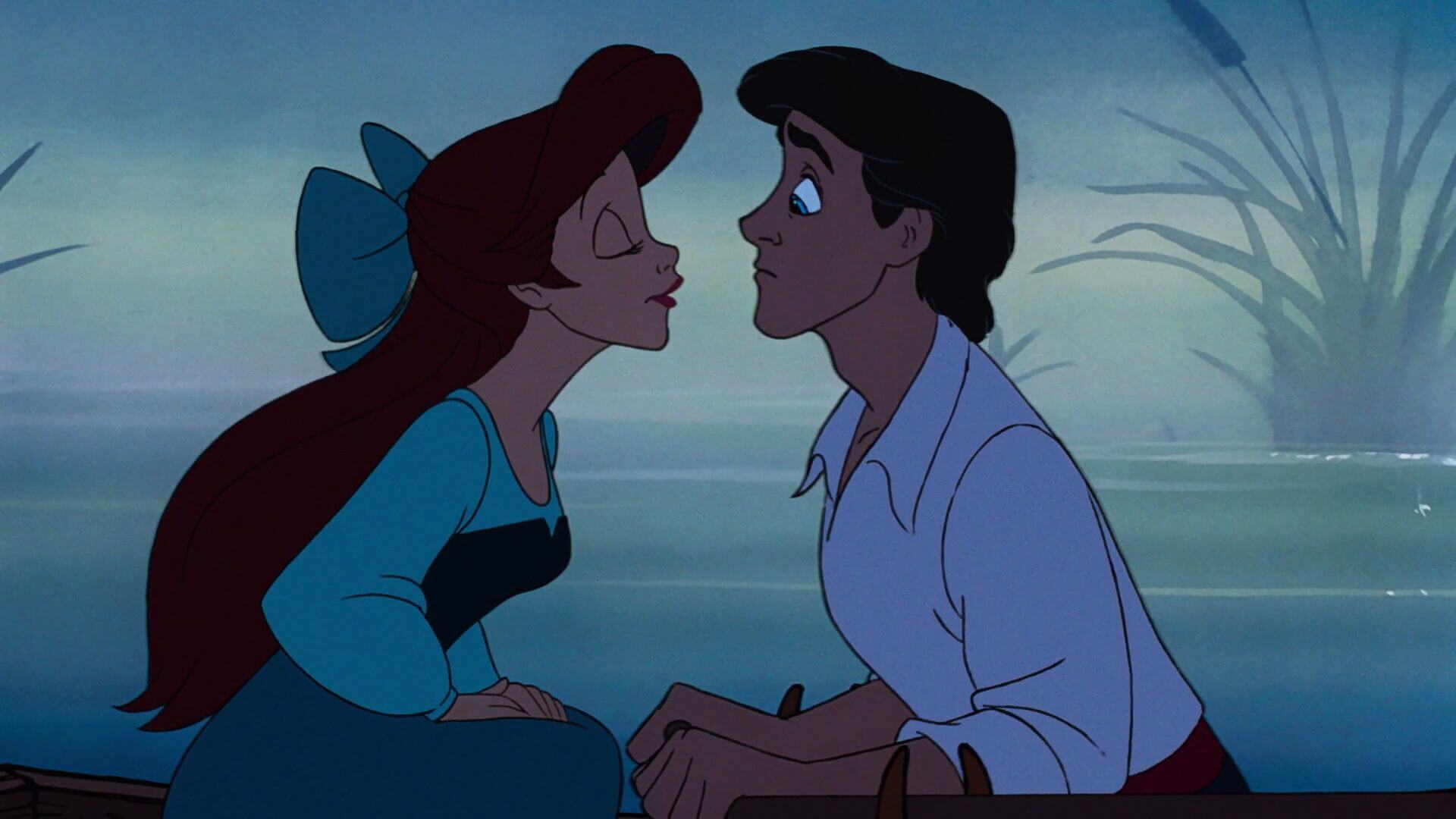
The characters are at once archetypal yet three-dimensional, iconic yet realistic, and there is something to love and remember even in the villainess. Ariel is perky and adorable, even when she is needling her friend Flounder or disobeying her father.
Her fascination with the surface world is like the curiosity of youth about the unexplored country of coming of age, but also like the wonder of men on earth at signs in the heavens: this is made all the more charming by the fact that we the audience are the mythical beings from the upper world who know how to dance and burn fireworks.
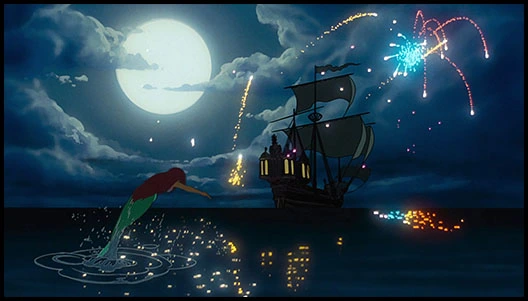
If made these days, the father would have been a simplistic tyrant, brutal and wrong about everything. Instead, we see him pause in sadness and flinch even at his own harshness, and he ponders, as all good fathers do, if his punishments are too strict. There are many Disney films where the father is either addlepated, or inept, or absent; modern Disney dislikes fathers, and, for that matter, heterosexuality, but fairy tales in times past often required fathers to be absent, for otherwise he would protect the protagonist and prevent the plot.
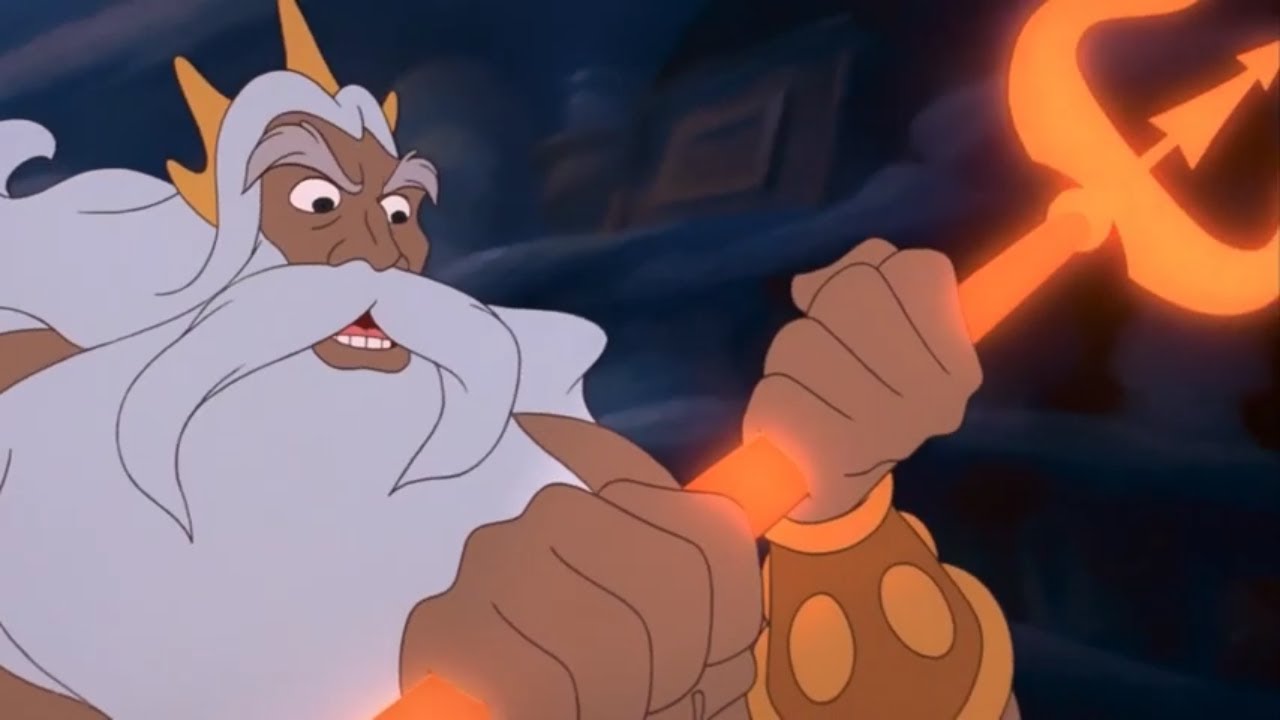
Not here: instead the mother must be absent, because here motherly understanding would have moderated the fatherly protection gone wrong and hence prevented the plot. In any case, as a father myself, my sympathies are entirely with the Sea-King. Almost entirely. It is sometimes bad parenting to meld and explode your daughter’s collection of irreplaceable artifacts with a magical laser beam.
The Sea-Witch Ursula, an occult octopus plump and haughty and dripping with sarcasm, is simply one of Disney’s best villainesses, at once both droll and terrifying. Even she has a hint of a backstory, which explains, and in her mind excuses, her witchy scheming.
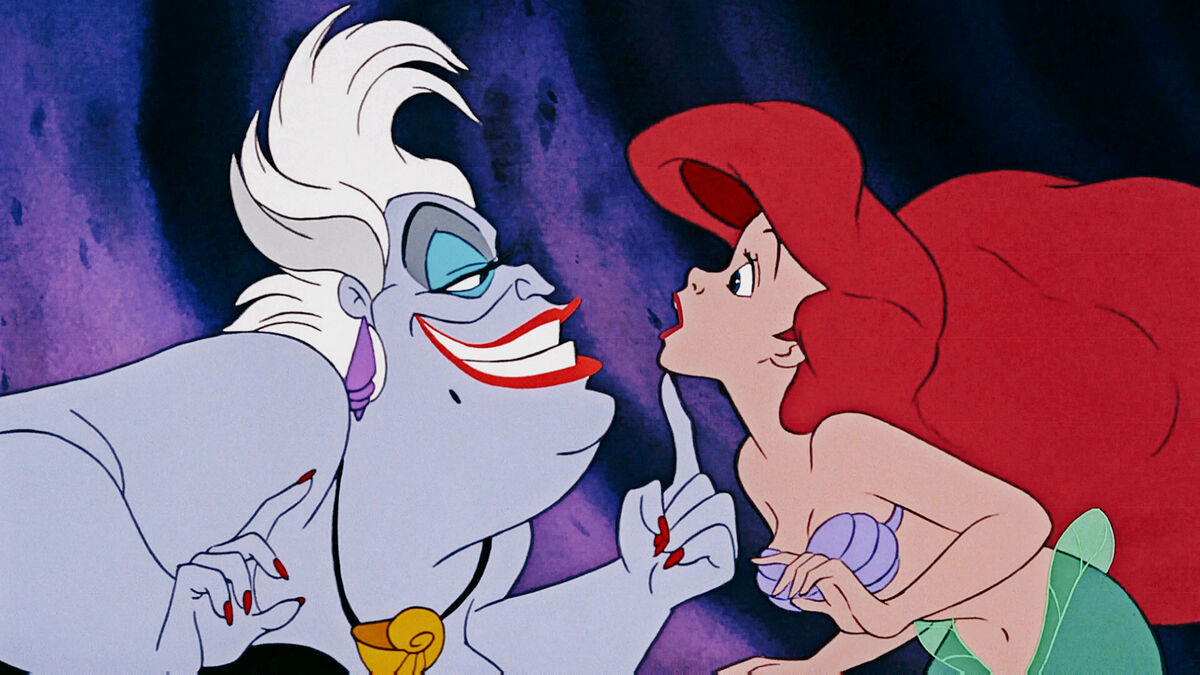
The prince has more personality than Prince Charming from SNOW WHITE, but not as much as Prince Philip from SLEEPING BEAUTY. He is handsome and brave as bachelor princes ought to be, and is willing to mug a magical giantess when he is woefully overmatched.
The sidekicks and comedy relief characters each have a moment to shine, even the befuddled seagull voiced by the immortal Buddy Hackett. The film is blissfully free from painfully pointless scenes of slapstick as marred certain films in the Dry Spell, for even the extended singing sequences of the bloodthirsty French chef, voiced by René Auberjonois (of DEEP SPACE NINE fame), destroying his kitchen during attempts to kill a tiny talking crab, while having no plot function, confirm the crab’s conviction that the human world is dangerous for sea life.
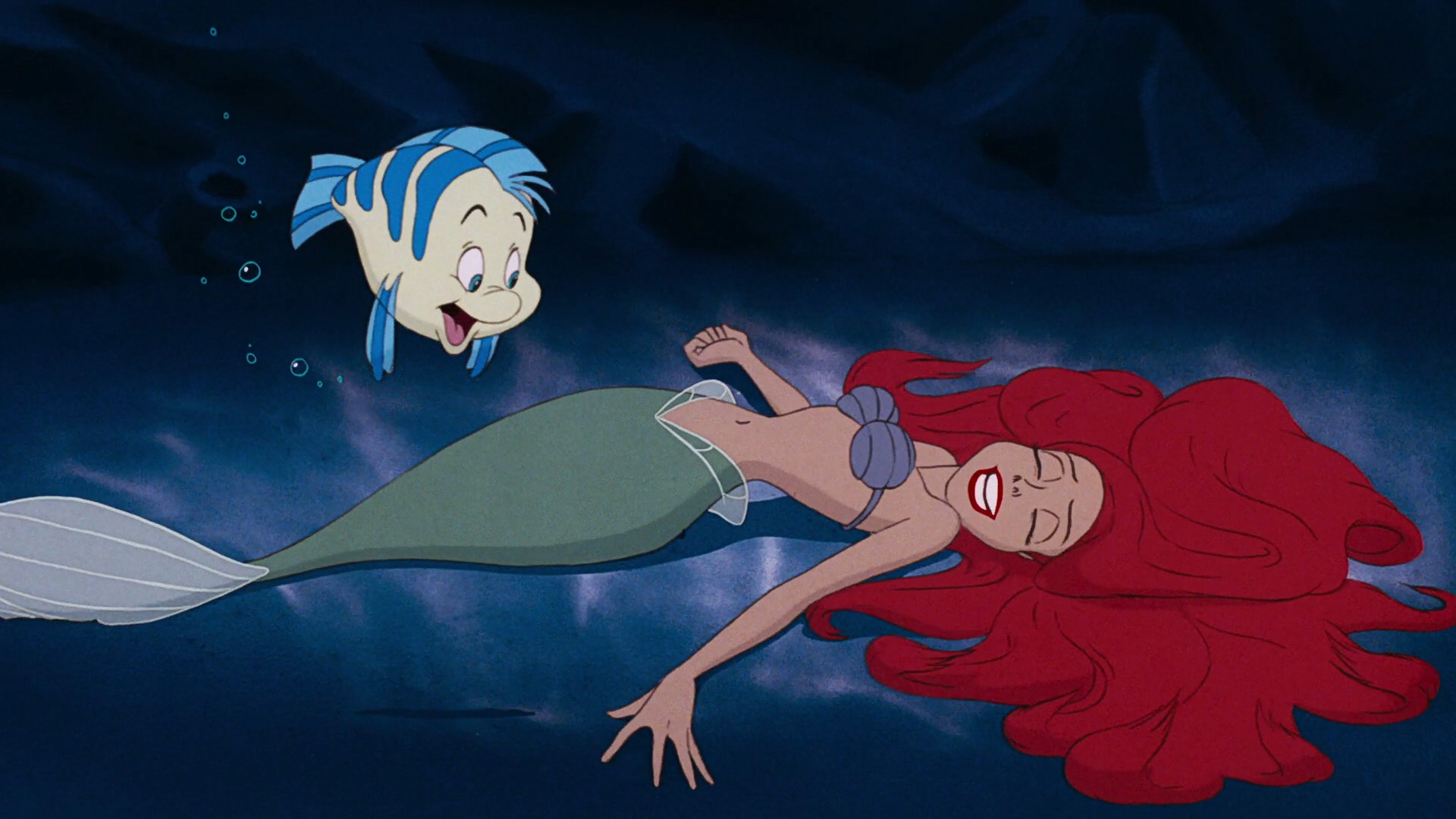
This crab, Sebastian, voiced by my longlost couson Samuel E. Wright, the court musician of the undersea realm, has two of the several memorable songs in the film, one of which won an academy aware. Every other Disney film before this had at least one song that was less than immortal, epic, singable: not this one. Every number here is polished like gold.
This, of course, is the key to the Disney Renaissance. Not only did they return to their roots of portraying fairy tales rather than children’s books, but they combined it with a Broadway Musical mood and structure, thanks to the genius of songwriting team Howard Ashman and Alan Menken.
For the record, it was Ashman’s idea to make the crab Jamaican, and give him a rousing reggae-style Islander song, rather than a stuffy English butler, which was the first idea.
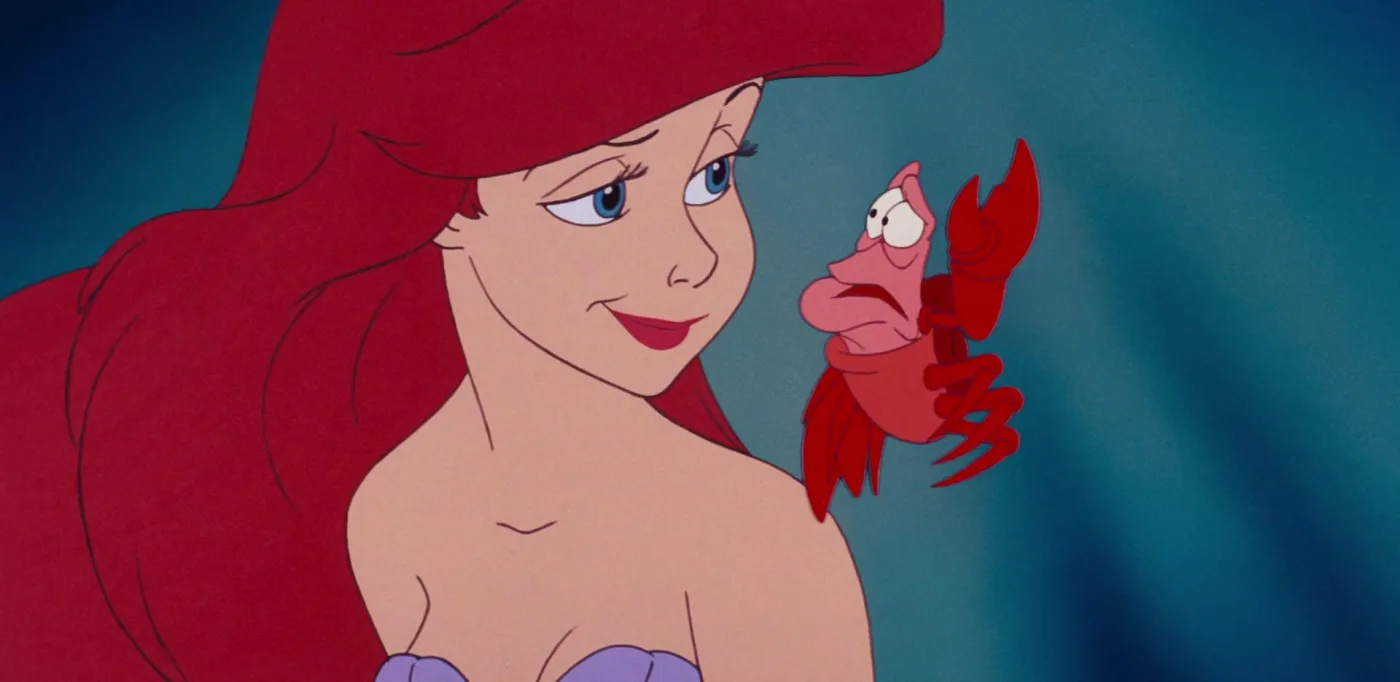
Each song works on several levels: when the mermaid sings about her yearning for seeing the land people, she is also hinting at her love to come, her desire for freedom, in lines of clever double meaning. She is a wealthy princess, a literal girl who has everything, but she wants more: she wants love for which she is willing to surrender all her possessions, and even her voice.
And the songs are one the audience whistles as they leave the theater, which is no small feat in itself.
Having endured inferior animation styles, sometimes little better than television cartoons, on one or two of the cheaper production during the Dry Spell, one’s eyes will be bewitched and enchanted by the lavish and well rendered images of land and sea. Over a million bubbles were drawn for the cells of this film.
The special effects, from lightningbolts to seawaves to the glance of sunken sunlight off golden towers, is breathtaking.
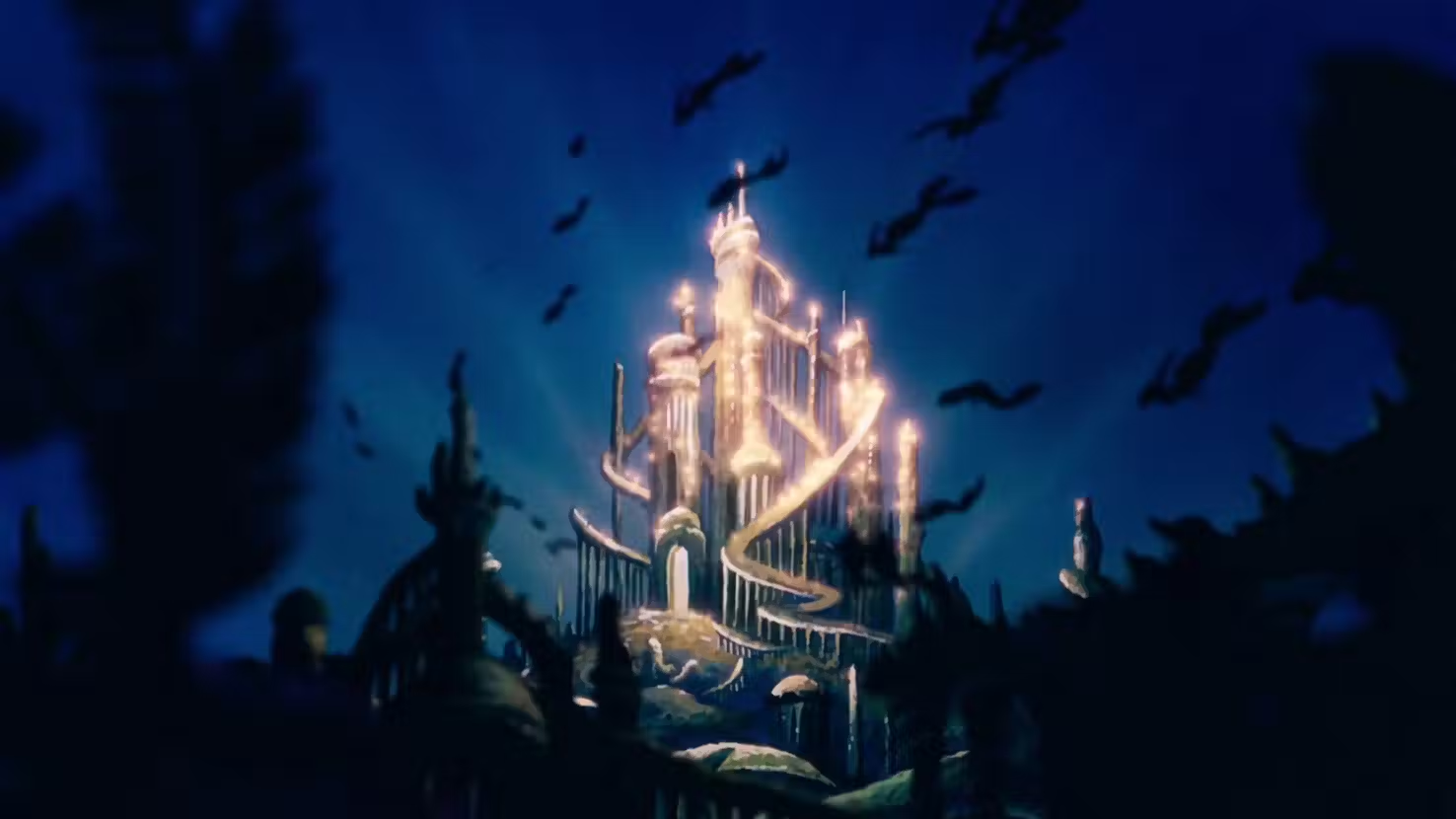
Even tiny moments of color changes or lighting shifts, of having a wave break just as a high note is sung, show the type of meticulous genius and graceful vividness equal to that of Disney’s best work from his earliest classics.
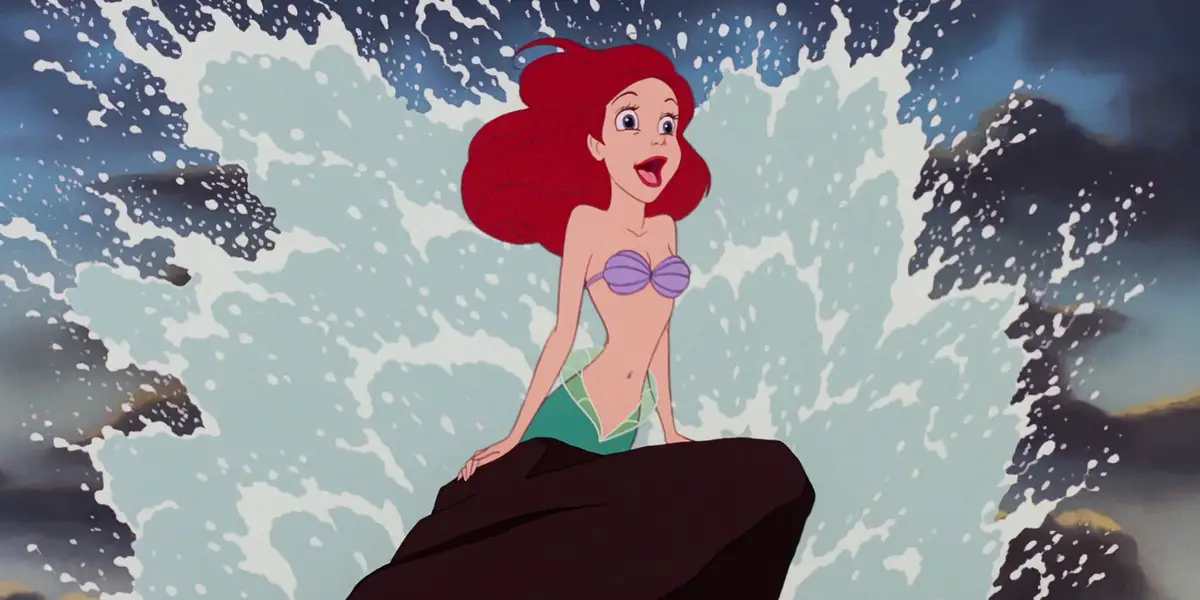
The theme is straightforward and pure, as it should be in a fairytale, but here told with nuance and ironic counterpoint that true to life, even as the subject matter is fantastical.
The shock of encountering such a miraculous work, well written, well sung, well drawn, well paced, filled with adventure, delight, sorrow and joy, is made all the more poignant when viewed against the time at which it debuted. Disney had been rendering works only average, if not inferior, merit for over two decades.
This film merits inclusion among the best Disney films, best children’s film, and perhaps best film of any kind, if not in one’s personal top ten, at least in the top one percent. If by chance you have not seen this film, find a girl, kiss her, get married, have a baby, and when your children are old enough, watch it with your daughter on your lap.
